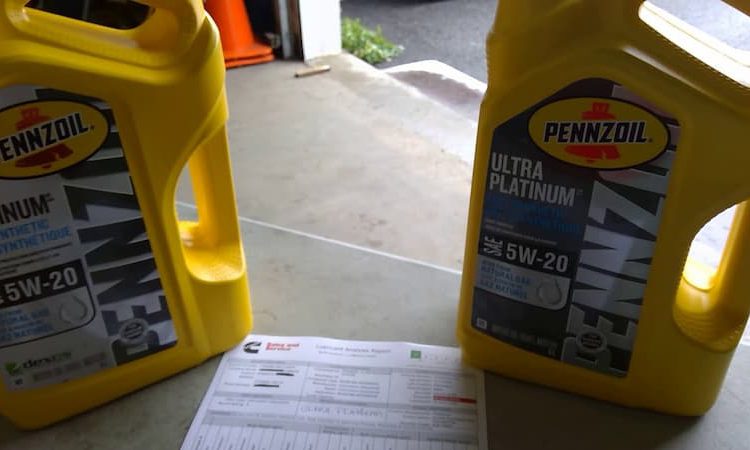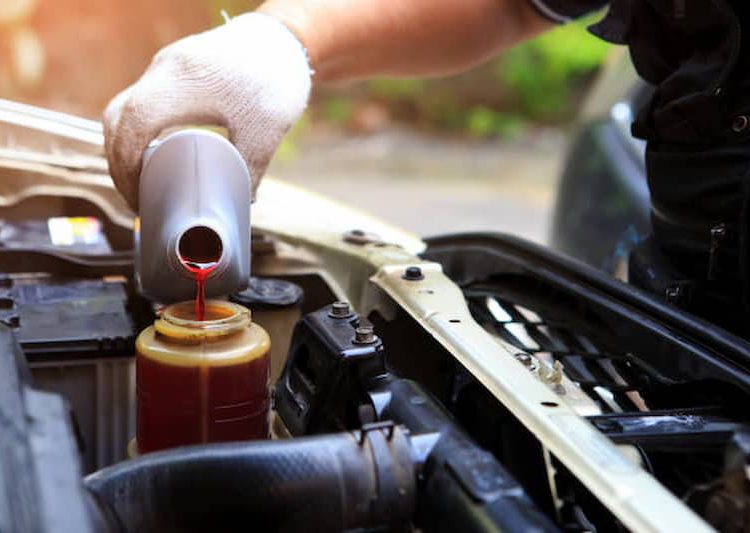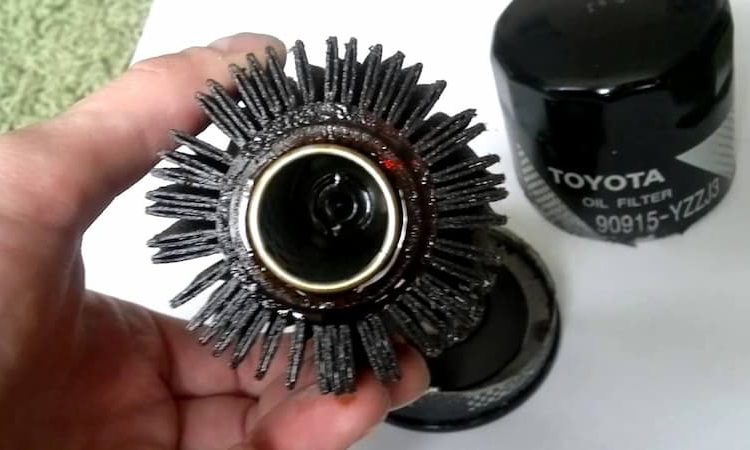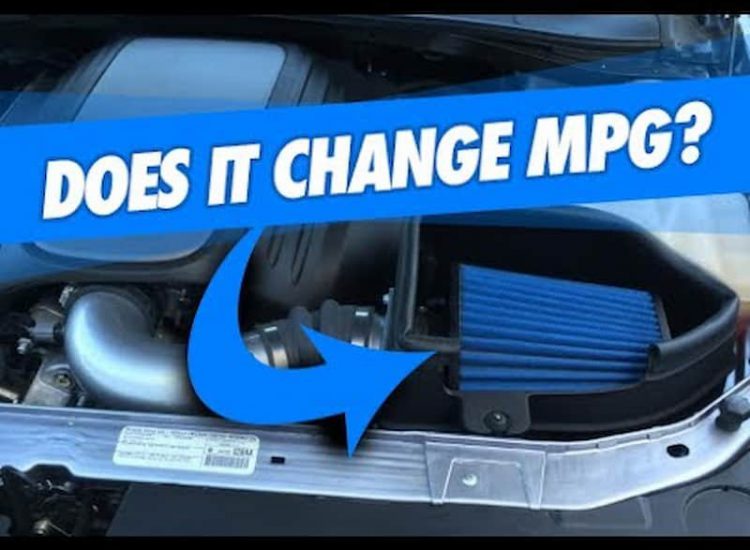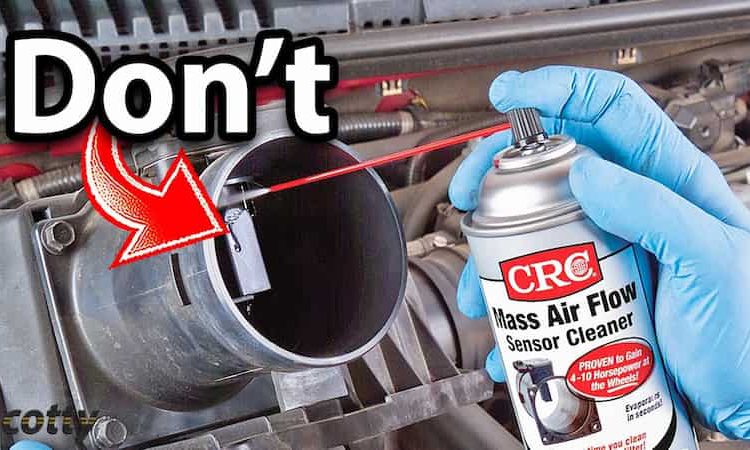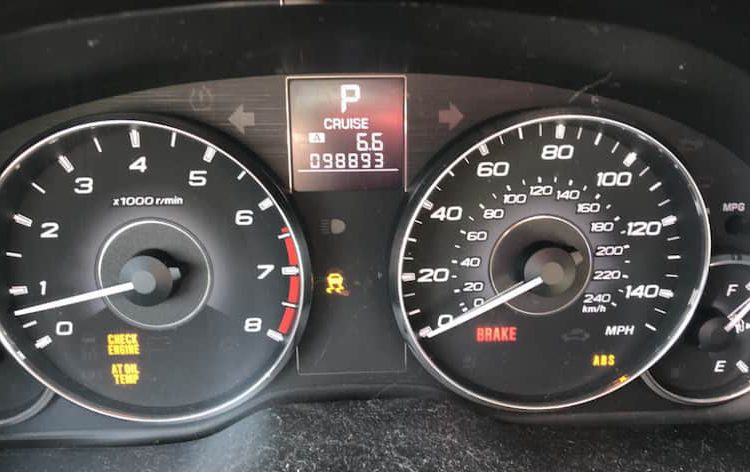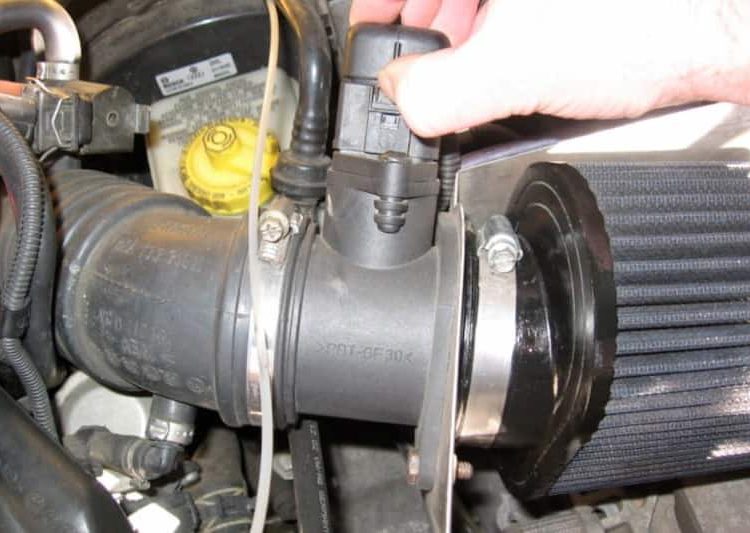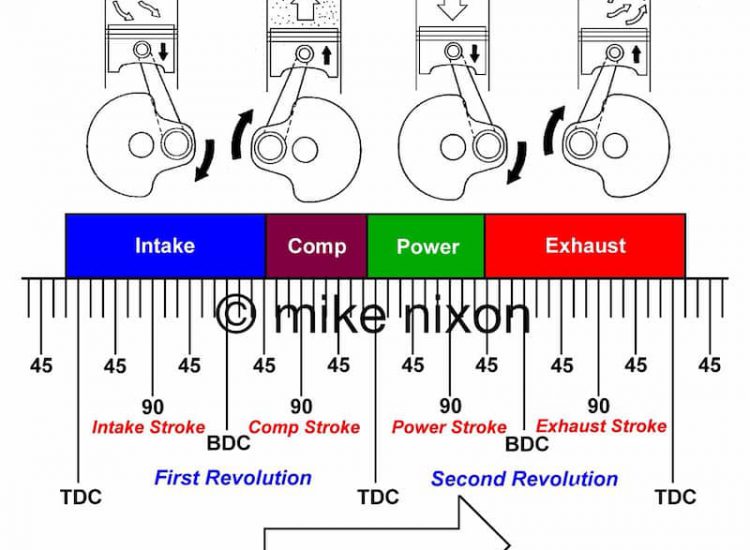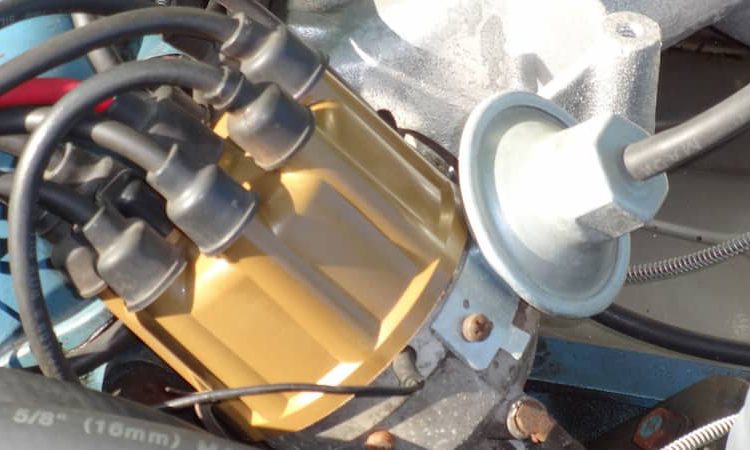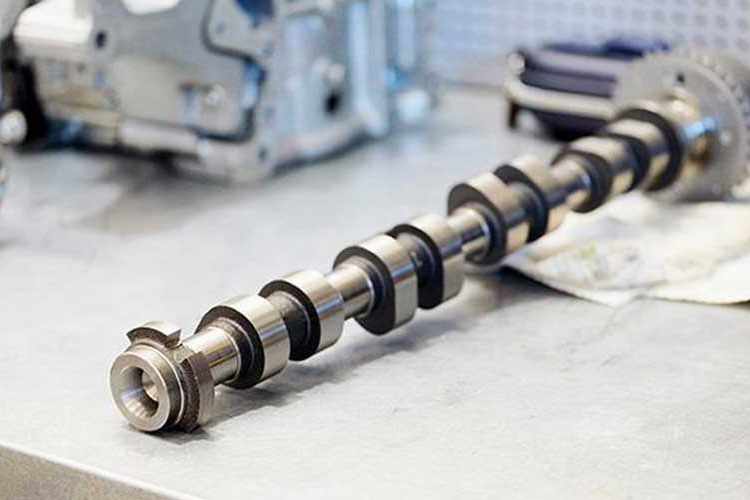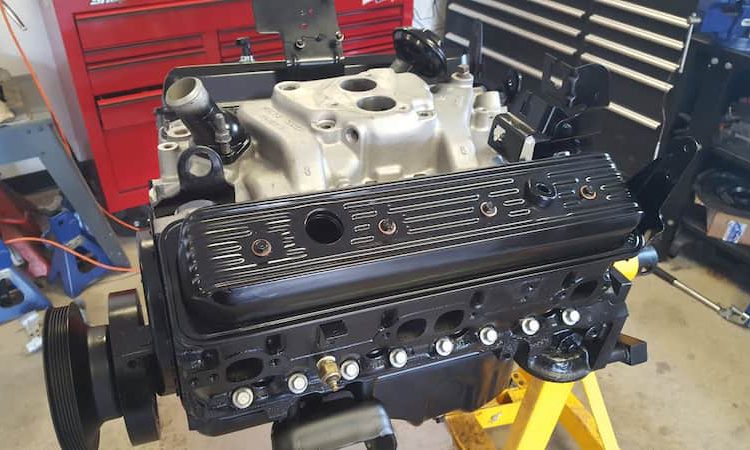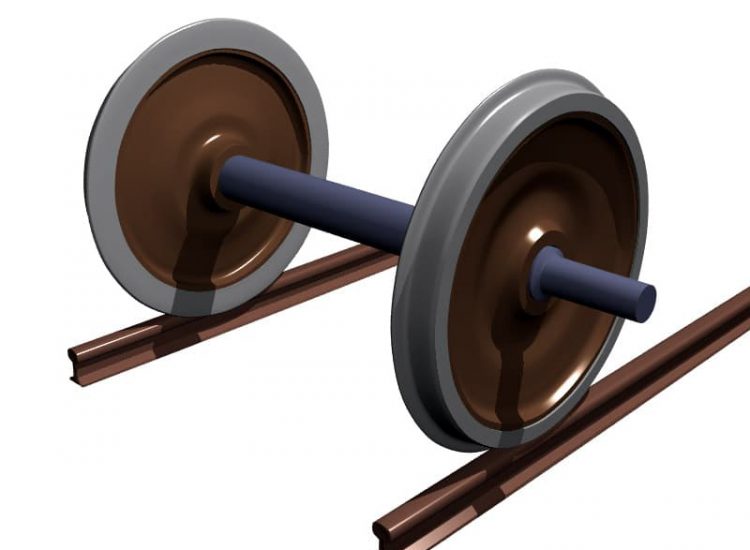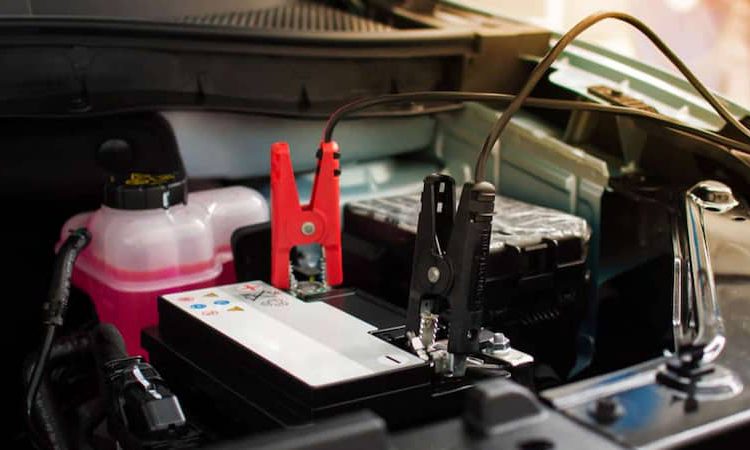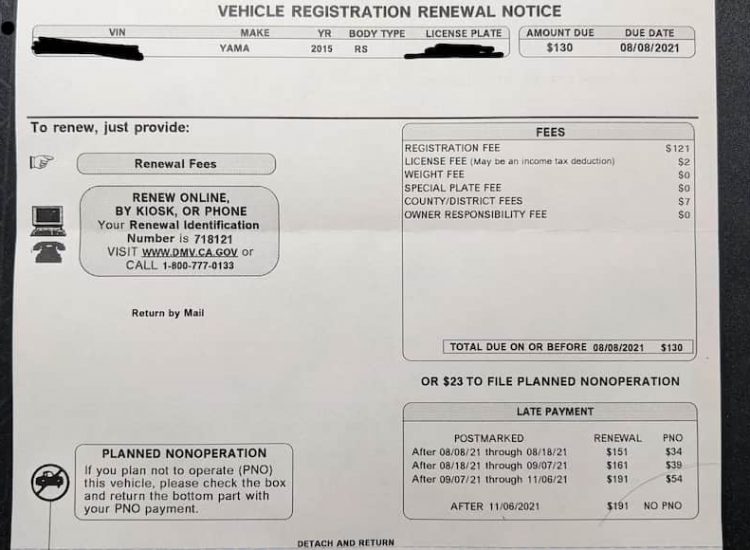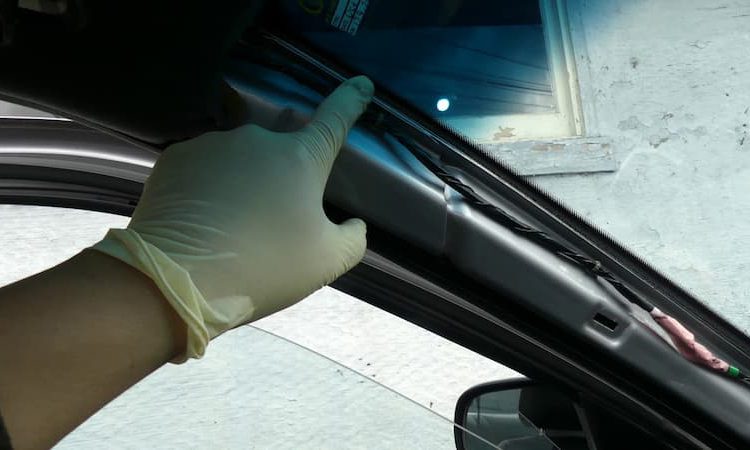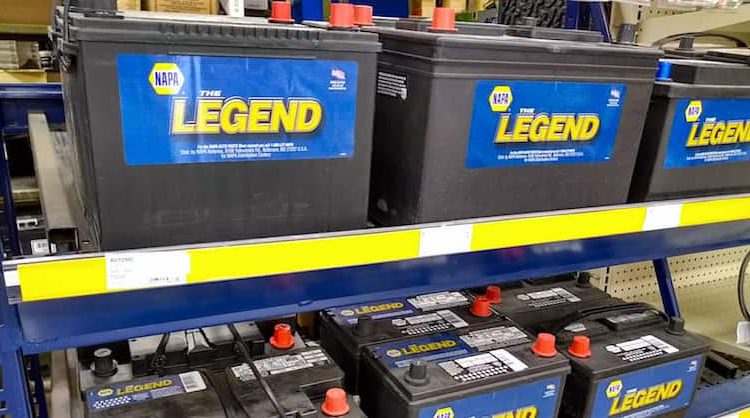Providing the necessary fluids and solvents for vehicle operation is a must for any vehicle owner. Because only when there are enough of these substances will the vehicle operation process be smooth and stable.
Toc
However, only when we use the correct dosage can the solvents in general, especially Transmission Fluid, in particular, maximize their effectiveness.
In contrast, too much or too little will cause serious consequences. So how much transmission fluid should I add? Find the answer right in today’s article.
What Is Transmission Fluid?
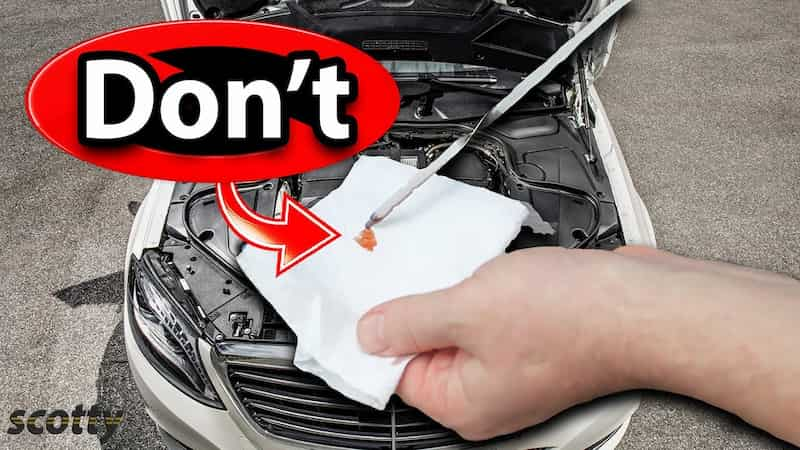
First, you will need to have a basic understanding of Transmission Fluid to ensure that you truly understand and gain the necessary knowledge when working with this fluid.
Transmission Fluid is a liquid with the main component being base oil plus some additives to maximize the lubricating ability of this solvent.
Unlike the solvents that have a lubricating and protective role we often see, transmission fluid is a specialized product for the gearbox and the unique needs of this part.
So it’s not too difficult to understand when using transmission fluid for the region is quite near impossible. In addition, the color of this solvent is also quite remarkable.
What Happens If You Overfill Transmission Fluid?
From the start, manufacturers have been doing a lot of testing to determine precisely the correct dose. And of course, if you exceed this level, the consequences will be enormous.
First, if a substance is inside, the operation will be unstable as the solution can overflow due to the heat leaking to the outside.
With a closed system and operating at high temperatures like an engine block, any liquid can be a disaster, and we need to stop this phenomenon immediately.
Besides, with its ability to catch fire, this solvent will inevitably create a fire right in your car.
How Much Transmission Fluid Should I Add?
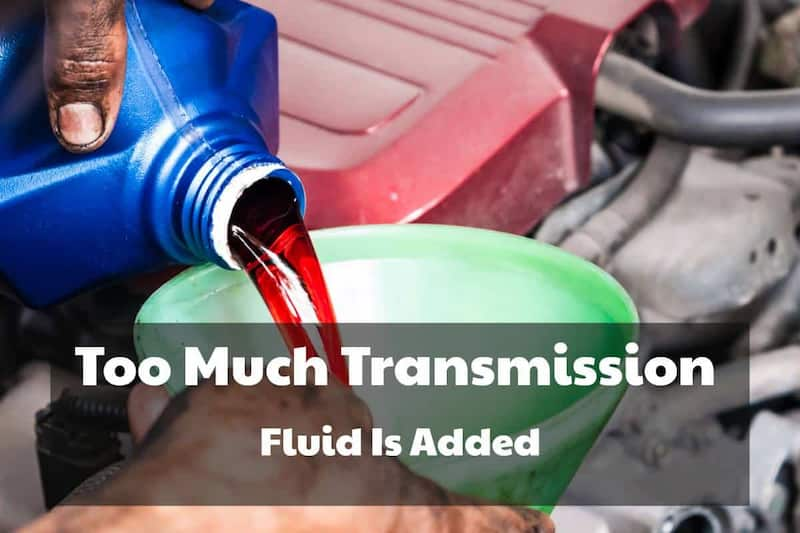
Usually, there is no specific answer to the transmission fluid problem.
Each vehicle with a different gearbox design and tank capacity will lead to huge differences. However, we still have a way to estimate the appropriate amount of Transmission Fluid to use.
Conventional car transmissions will require about 9 to 13 quarts of solvent to fill fully. Of course, we will not fill the tank with liquid.
Also, the amount of transmission you add will vary depending on whether you are discharging or replacing all or just refilling.
Ideally, it would help if you only poured about half a liter of liquid at a time. The dip bar may be prominent, even if it’s not. Start the engine and let it run for about five minutes.
Once the engine is warm, you can recheck the level. Add more liquid as needed until you get the full reading on the dipstick.
Watch for signs of cold in a cold engine. The transmission fluid should be at its upper end. Otherwise, the hotspot should be at the upper end of the hotline.
How To Know If Your Transmission Is Overfilled
It shouldn’t be difficult for you to realize you’ve overfilled your condenser.
The signs of this problem will often appear inconspicuous through various symptoms, such as the way the color of the smoke tells us what’s going on. And here are some problems you can face if you accidentally add too much solvent
- Leakage occurs, and a colorful puddle of liquid forms below the transmission line. To avoid the risk of confusion with other damage, you should check the gearbox seals for leaks.
- Another sign of too much transmission fluid is that you can’t shift appropriately because the quality of the solvent is no longer stable, which affects performance.
- Just like a lack of lubrication, your car’s transmission will overheat because the transmission fluid can no longer reduce friction as it should.
Overfilled Transmission Symptoms
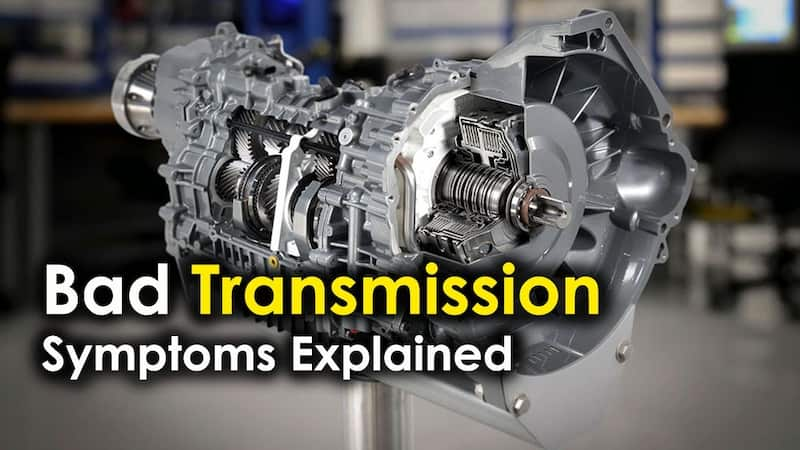
Besides feeling-based, you can also identify a problem related to too much conductive fluid through the following symptoms:
Higher liquid level on dipstick
The toothpick is the most evident proof of whether the liquid is above the allowable level. By opening the bonnet on the car and then looking and observing the dipstick, you can easily detect the liquid status in the car, even if it is too little or too much.
The right time to perform these tests is when the engine is hot because, like many fluids, Transmission Fluid expands when exposed to high temperatures. Therefore, if you only test when the engine is cold, the test quality will not be stable.
Changing Gears Problems
The gears inside the gearbox always need to be perfectly lubricated to achieve the best operating state, thereby providing the most realistic shifting feeling for our users.
Therefore, a problematic gear shift is inevitable if the transmission fluid, which plays a vital role in lubrication, does not perform its full function.
Strange noises
If you start hearing humming, grinding, or groaning, it could signify that something is wrong.
Frequently Asked Questions(FAQ’s)
How often do you need to change transmission fluid?
The most reasonable miles to change a new carrier are between 30,000 and 100,000 miles.
Of course, higher numbers like 100,000 miles can still be reasonable, but it still depends on the type of vehicle you use.
What are the transmission fluid requirements?
Of course, the amount of transmission fluid required is specific to a particular vehicle type and model and will never be the same for another. So read the user manuals carefully from the supplier to get the complete look.
Conclusion
Through today’s article, we hope that you have gained the right amount of knowledge to use the right amount of transmission fluid to prevent problems related to Transmission Fluid overload.

